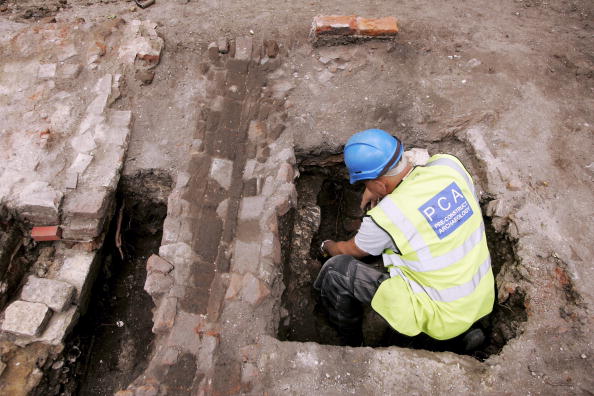
Recently a group of archaeologist in Britain discovered a well preserved prehistoric community in East Anglia, England. According to the archaeologists the homes of the people who lived there were built above a river that used to be a thriving community during the Bronze Age that perished following a fire ravaging through the resident's homes and belongings.
Archaeologists further explain that the community was believed to have inhabited the location which is now known as the "Must Farm" more than 3000 years ago. Because the ruins sunk deep onto the river bed, the water and mud from the river helped preserve the things that the community left behind such as timbers with tool marks, well-preserved charred roof timbers and the remnant of a wooden fence once surrounding the village.
While the discover is exciting enough, scientists were further thrilled with the unravelling of foot prints that survived after three millennia. According to David Gibson, archaeological manager at Cambridge Archaeological Unit those foot prints should have decomposed ages ago. The fact that it survived is a miracle.
The archaeological manager also stated that this newly discovered settlement is different from the other Bronze age sites discovered mainly because they uncovered more than just scraps of archaeological evidence. The particular dig uncovered things such as the foot print that paint a more vivid image of what it was like for ordinary people during prehistoric times.
"Usually at a Later Bronze Age period site, you get pits, post-holes and maybe one or two really exciting metal finds. Convincing people that such places were once thriving settlements takes some imagination. So much more has been preserved -- we can actually see everyday life during the Bronze Age in the round. It's prehistoric archaeology in 3D with an unsurpassed finds assemblage both in terms of range and quantity" gushed Gibson.
